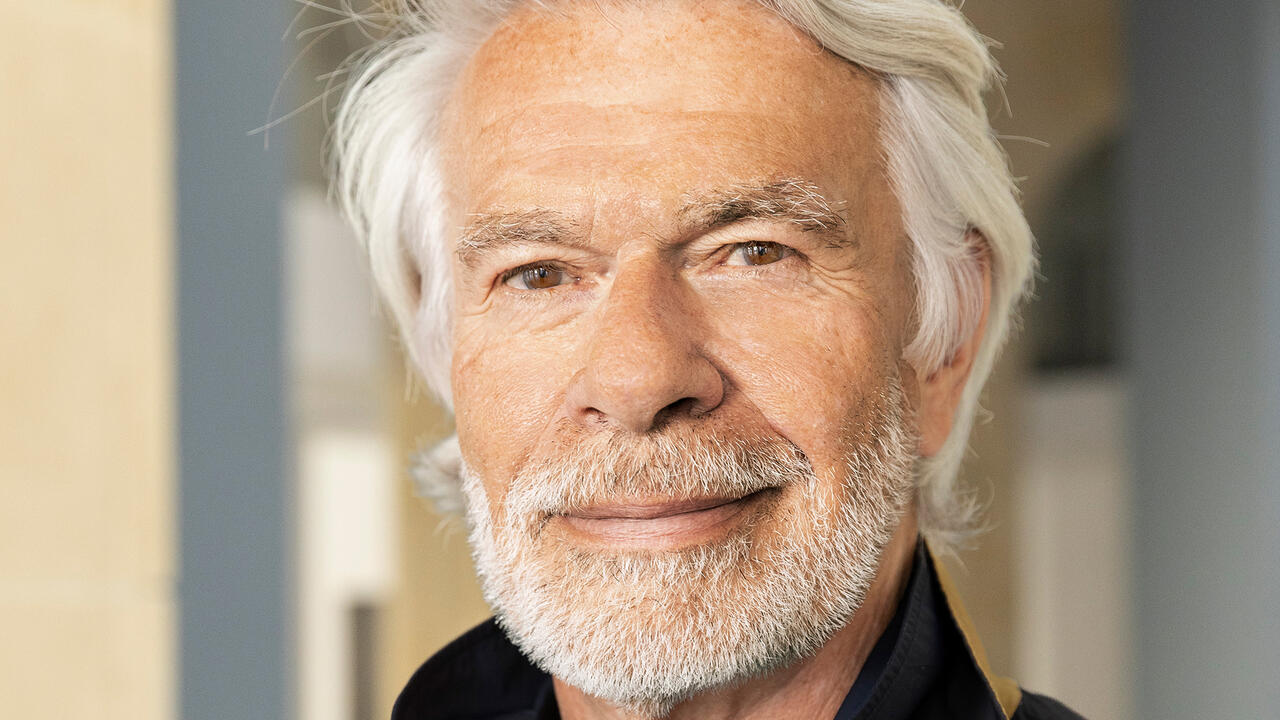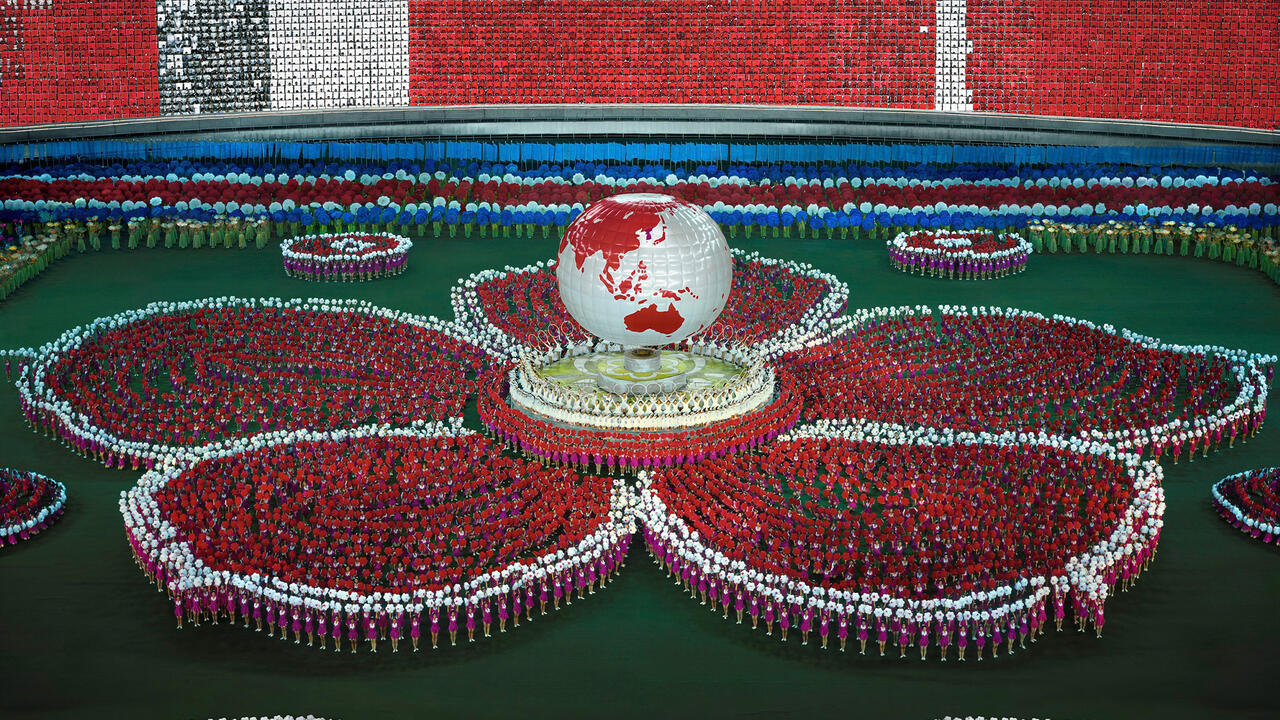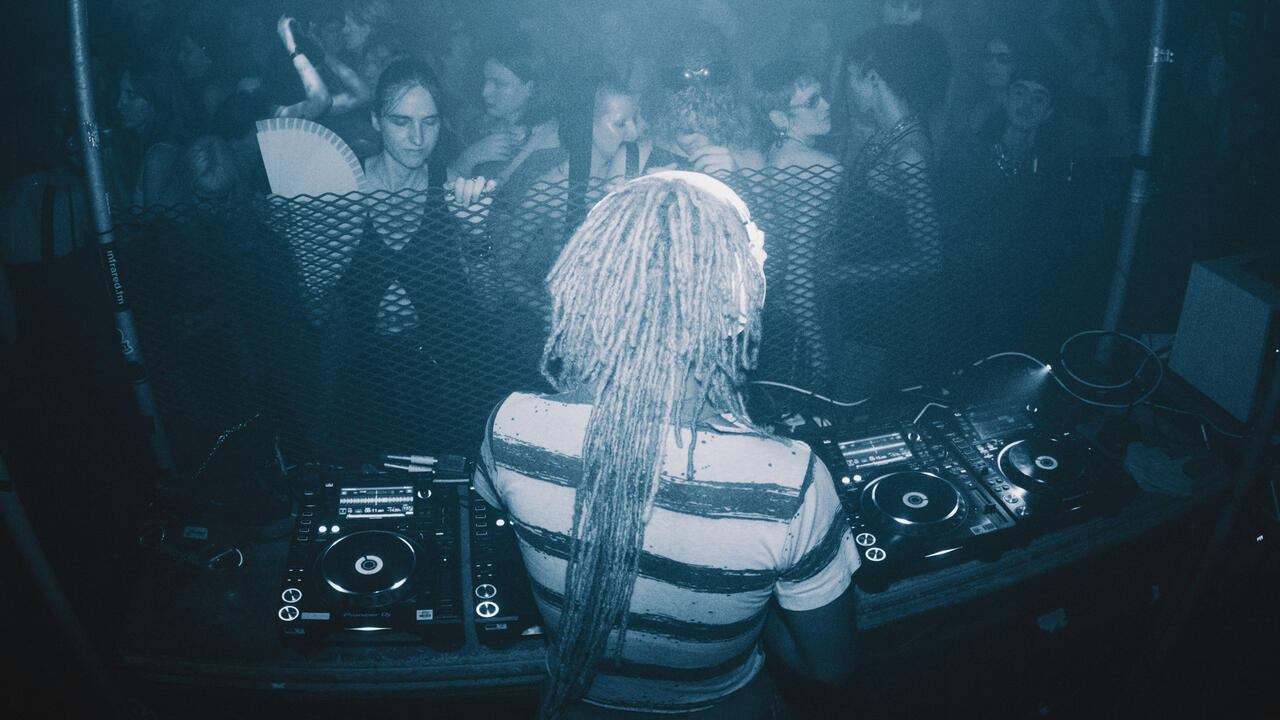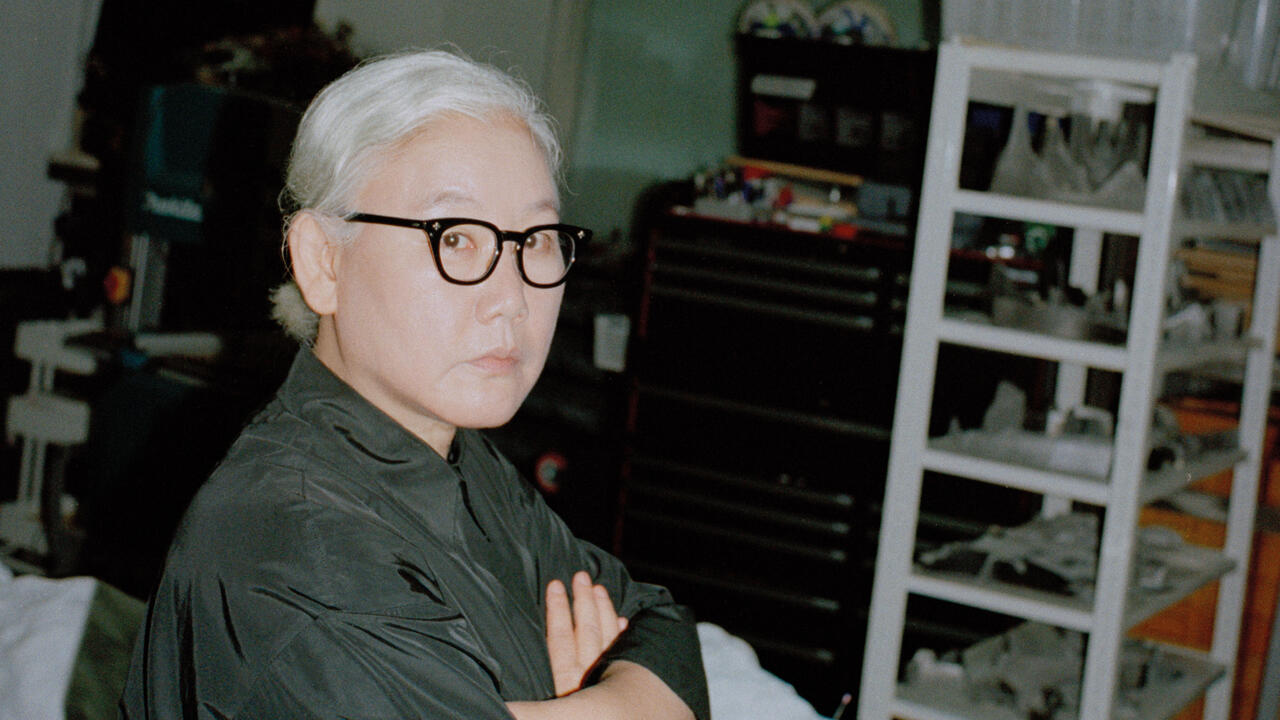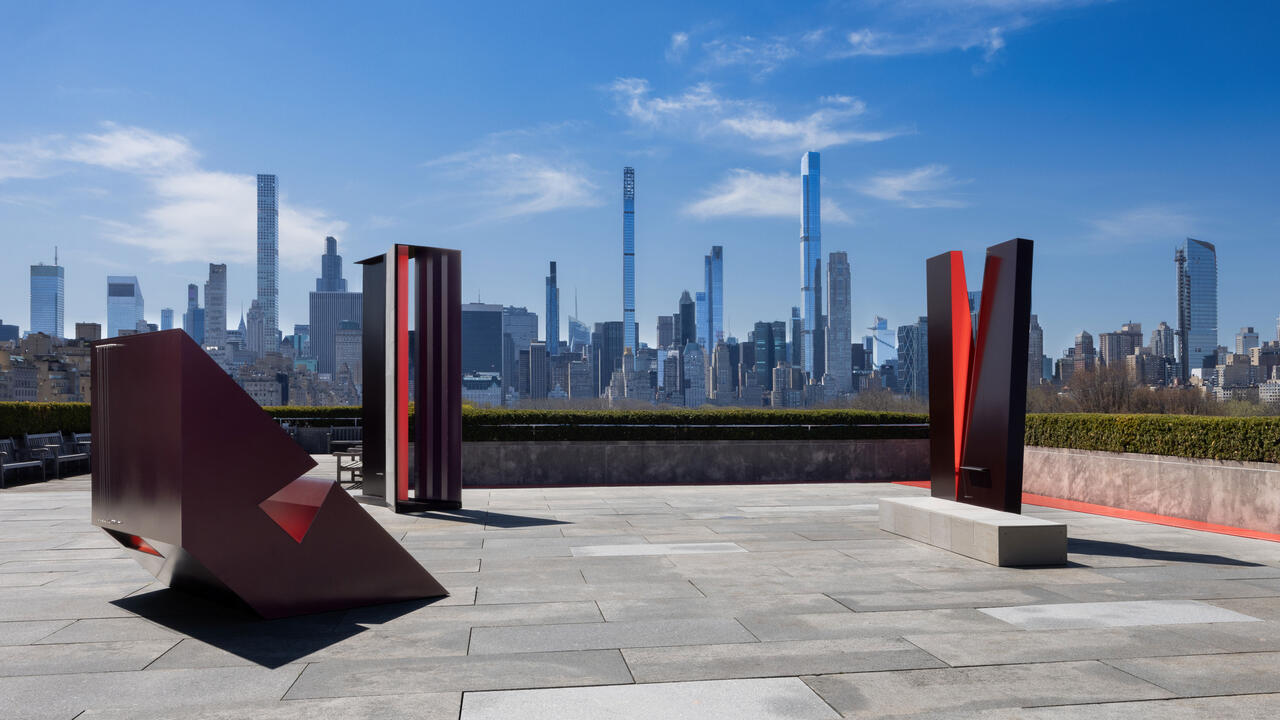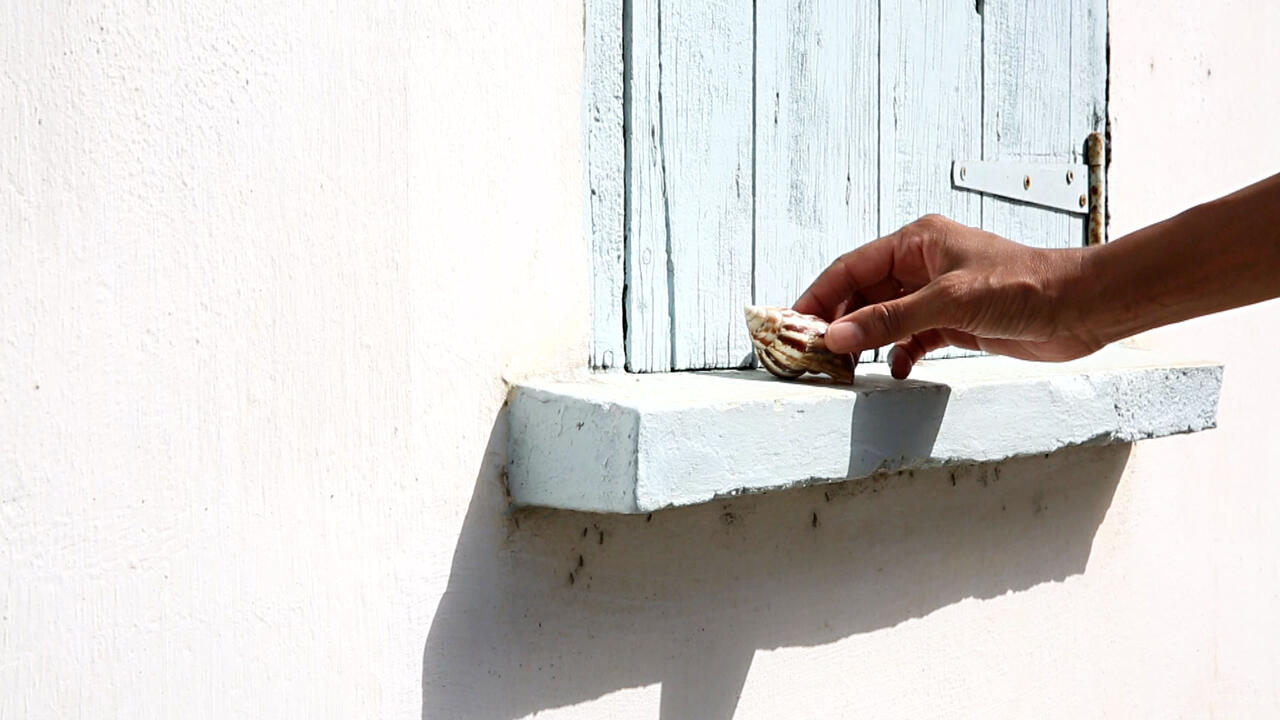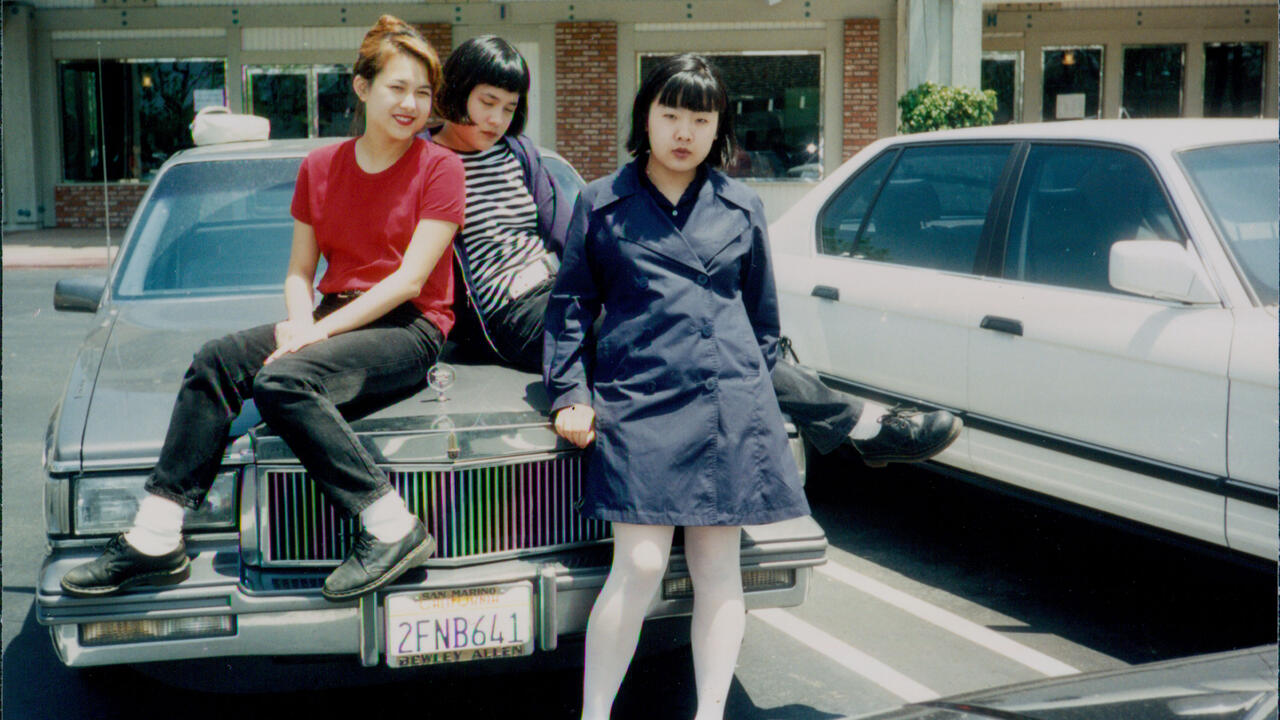The Great Animal Orchestra
A new exhibition at Fondation Cartier in Paris is dedicated to the work and ideas of legendary composer Bernie Krause
A new exhibition at Fondation Cartier in Paris is dedicated to the work and ideas of legendary composer Bernie Krause

Cai Guo-Qiang’s wall-spanning White Tone (2016) presents, at first glance, a sort of utopia. It’s capacious 72 square metres of paper bearing a ruggedly sketched ring of animals, all supping peacefully from the same watering hole. We are presented with an impossible menagerie: tigers beside gazelles, polar bears rub up against pandas, in a simple style that recalls the cave paintings of Lascaux and Chauvet.
The apparent tranquility of this image is disturbed when you find out how it’s made. Cai’s material is not charcoal (as it might first appear) but gunpowder. The drawing is the aftermath of a carefully mapped and stencilled explosion. The tension between the natural serenity of the first impression and the very man-made violence of its genesis, hints towards a productive contradiction at the very heart of a new exhibition at Paris’s Fondation Cartier, dedicated to the work and ideas of Bernie Krause.

‘The Great Animal Orchestra’, the name both of the Cartier exhibition and Krause’s own book of 2012, is the culmination of a long and strange journey. Born in Detroit in 1938, Bernie Krause was a child prodigy, picking up first the violin (at the age of three-and-a-half) before switching to classical guitar. In 1963, he joined Greenwich folk quartet, The Weavers, filling the tenor part once sung by Pete Seeger.
When Bob Dylan went electric at the Newport Folk Festival in 1965, Pete Seeger was furious, allegedly threatening to grab an axe and cut the cables there and then. But for Bernie Krause it was the spur towards an entirely new way of thinking about sound. The Weavers had split the year before, and Krause, now settled in California, promptly ditched his acoustic guitar and enrolled in a course on electronic music at Mills College, where he was taught by such luminaries as Karlheinz Stockhausen and Pauline Oliveros.
When I interviewed Krause two years ago via Skype, he could still recall the one and only lesson Oliveros gave him on the recently-invented analogue synthesizer. It ‘amounted to about 45 seconds of time,’ he told me. ‘She walked in the studio and I said, well, how do you get this thing to make noise? And she said, just remember, outputs go to inputs. And she walked out. That was my synthesizer lesson. And it worked.’

Krause found the Buchla synthesizer he had access to at Mills cantankerous and unreliable. While the lectures on electronic music given by Stockhausen that he attended struck him as ‘very esoteric’ with ‘no bearing on much that we were doing’. But an article in Time magazine about a composer named Eric Siday offered a glimpse of a more down-to-earth approach. Siday, the article claimed, had earned US$35,000 for seven seconds of sound for an American Express advert. ‘That’ thought Krause, ‘was impressive.’ He and his friend Paul Beaver promptly boarded a plane to see the man who had invented the machine Siday had used to produce those seven seconds: Robert Moog.
Beaver and Krause’s partnership with Moog as West Coast sales reps would take them from the Monterey Pop Festival to a series of Hollywood recording studios where the pair would find themselves guiding the knob-twiddling hands of The Monkees, The Byrds, and The Doors. It also produced one of the most bizarre hit records of the whole 1960s.
Consisting of 68 tracks, ranging from five seconds to two minutes in length, with such evocative titles as ‘Ribbon Control’ and ‘Transient Generator, Amplitude, Frequency And Timbre Modulating in Slow-Motion’, The Nonesuch Guide to Electronic Music (1967) stands as a peculiar testament to the vision of Elektra/Nonesuch boss Jac Holzmann, who conceived the album from his aeroplane seat en route to Monterey, at a time when Beaver and Krause were still having no luck selling the Moogs they had lavished all their savings on. It is essentially a demonstration record, patiently going through the various patches and functions the synth was capable of. It spent 26 weeks in the Billboard charts.

‘We have never seen a dime from that,’ Krause told me. ‘That isn't to say there weren’t good results from it.’ It was one of those results that finally set Krause on the path to his Great Animal Orchestra. The success of the Nonesuch album gave them the opportunity to record another album, Ragnarok (1968), of their own compositions, which led in turn to the Warner Brothers album In A Wild Sanctuary (1970). Inspired by Rachel Carson’s pioneering ecology book Silent Spring (1962), Beaver and Krause’s third album together became the first album to incorporate recorded natural soundscapes with composed electronic sounds. For a man who grew up ‘in a family where a goldfish was nature’, the experience of going out into the field with a sound recorder changed Krause’s life.
‘The instant I switched on my recorder in resplendent Muir Woods one lovely fall day in 1968, my acoustic sensibilities were transformed by the ambient space that enveloped me.’ That’s how Krause recalls the moment in his book. ‘With my portable recording system, I didn’t feel like I was listening as a distant observer; rather, I had been sucked into a new space – becoming an integral part of the experience itself.’
‘I began to hear the sounds of the natural world as cohesively structured,’ Krause had told me when we spoke. ‘in ways kind of like the way instruments of the orchestra are structured when writing a piece of music. Each of the instruments has its own niche where its voice can be heard. We got the idea from the natural world, because all of the critters in a healthy habitat do exactly the same thing. If their behaviour and their survival is predicated on their voices, then the transmission of their voices and the reception of their voices needs to have clear channel in order to be transmitted and received.’
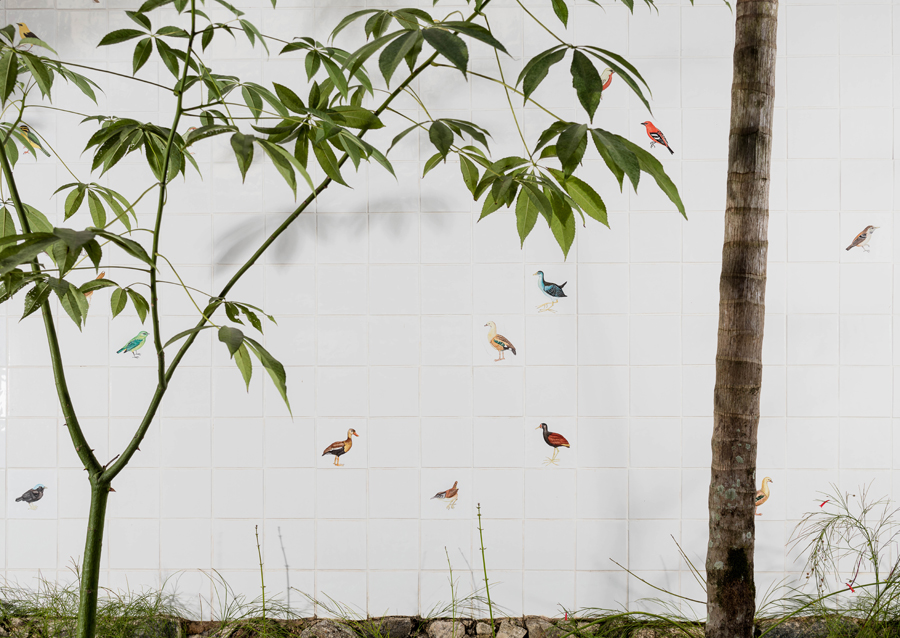
In essence those are the ideas behind The Great Animal Orchestra as Krause wrote it in 2012, the culmination of half a lifetime’s work. From that moment in San Francisco’s Muir Woods in 1968, he spent all his spare moments out in the field, recording. Finally, after the tragically premature death of Paul Beaver in 1975, followed by a typically tempestuous time working on the electronic sounds for the film Apocalypse Now (1979), Krause quit the music business in 1981 to study bioacoustics and take up soundscape recording full-time. Now some of those recordings – howler monkeys and white-throated toucans in the Amazon, arctic foxes and mangrove warblers in the Yukon Delta – have been transformed into an immersive installation by British group United Visual Artists.
UVA’s visualisation employs two different kinds of spectrographic imaging: on the left side, a dance of horizontal lines occupying different frequency bands in real time as Krause’s recordings play; on the right, a more static ‘recorded’ image, more like a print-out, from which one can quite clearly grasp Krause’s point: the high tweets of the pine siskin at 6khz will not be troubled by the 1khz call of the American crow, nor the even deeper howls of the eastern wolf. But behind the mesmerising dazzle of UVA’s display, what remains problematic is the tacit suggestion of Krause’s title that, by finding its ‘natural’ counterpart, the essentially bourgeois institution of the symphony orchestra becomes legitimised. In fact, Krause and the Cartier Foundation’s curator, Hervé Chandès, are too smart for that.
On the floor above the UVA and Krause collaboration, two paintings by Congolese artists Moke and Pierre Bodo present a different image of concertizing critters. In Danse des Animaux by Bodo and L’Orchestre dans le forêt by Moke (both 1999), we find apes and tigers performing together through microphones, synthesizers, electric guitars, and PA speakers. Painted in highly vivid acrylic colours, this is a technologically-mediated band of beasts, complete with coloured lights and cables trailing off into the undergrowth, as if the high tech electronics were drawing their power direct from the forest itself.

No mere fantasy, a detail from Krause’s own brief texts that intersperse UVA’s visualizations on the screen downstairs supports this notion. Baboons, Krause reports, are known to bark directly at granite walls in order to exploit the reverberant properties of the rock to project their voices further. It’s unsurprising that Krause would grasp the significance of this instance of zoological fx processing, after all, in the book he speaks of the importance of recording technology in bringing himself closer to nature. Likewise, as is clear from a photograph in the exhibition (A Black Bear Plays With A Camera, Nagano (Japan), 2006) by Manabu Miyazaki of a bear, at night time, lovingly cradling a photographic apparatus on its tripod; when left to their own devices, wild animals are just as fascinated by technology as we are. They have little time for our cultured deference to nature.









